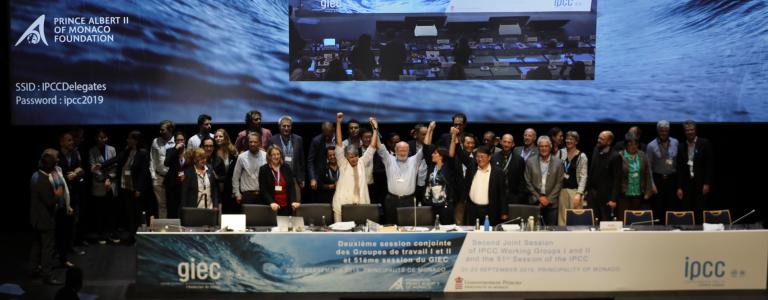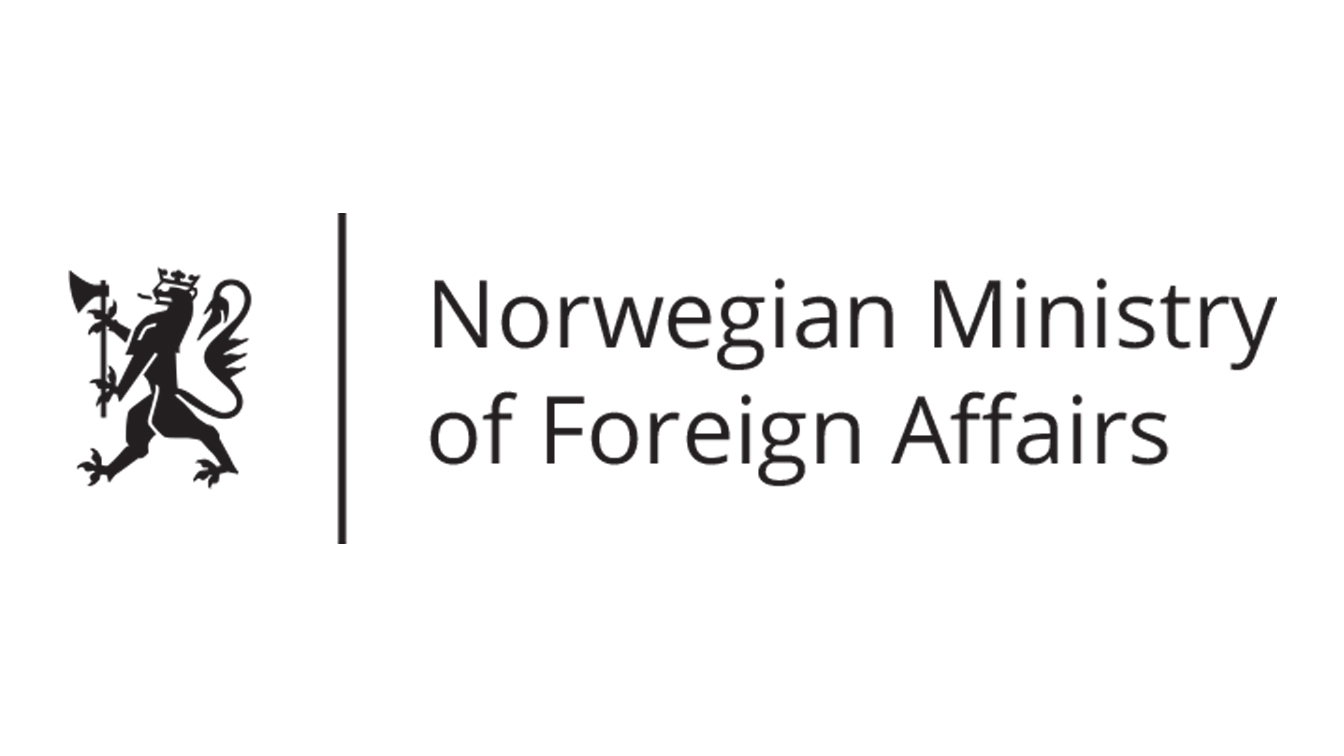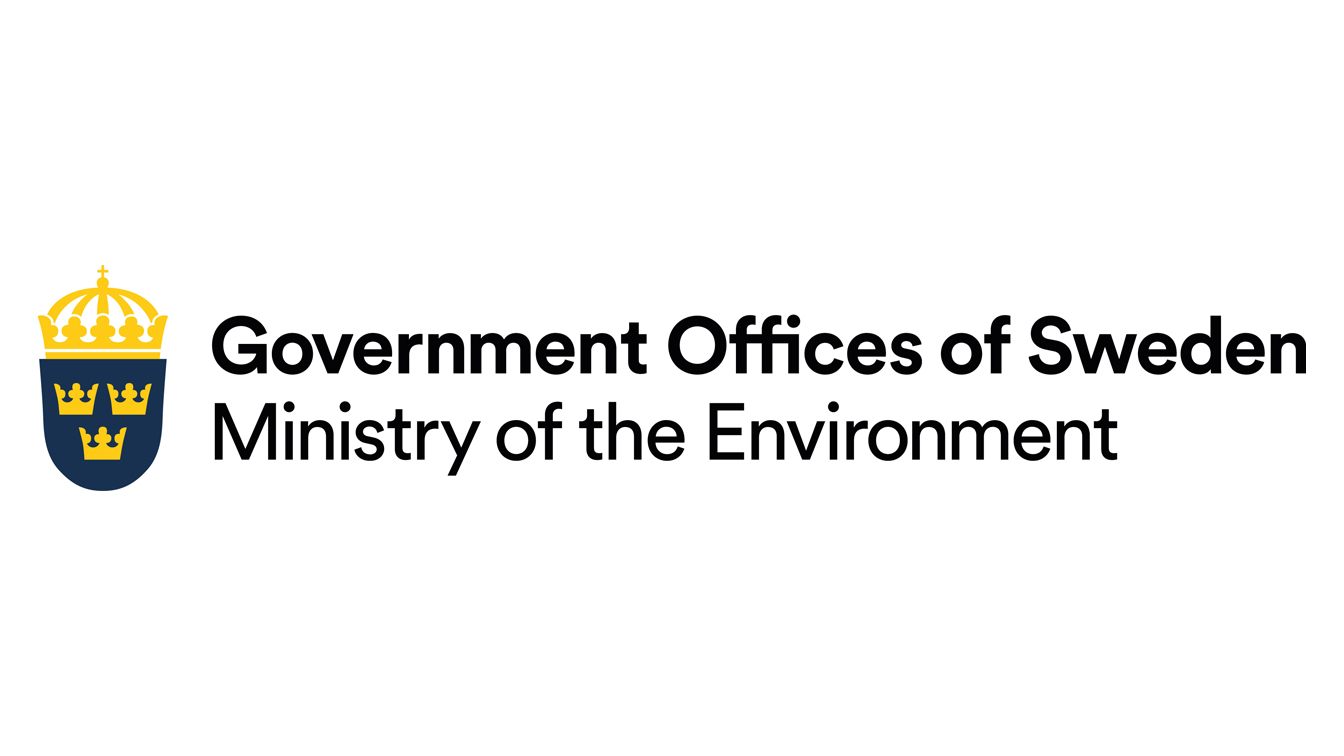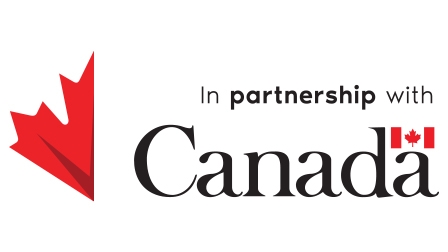Science-Policy Interfaces: From Warnings to Solutions
Still Only One Earth: Lessons from 50 years of UN sustainable development policy
How are scientists supposed to convey timely warnings and inform policymaking? Since 1972, a variety of formal mechanisms called science-policy interfaces (SPIs) have been set up in global environmental governance to identify risks and propose solutions. As countries debate possible new stand-alone SPIs—one on food systems and another on chemicals and wastes—we review the lessons learned. (Download PDF) (See all policy briefs) (Subscribe to ENB)
In many big-budget disaster movies early scenes often show scientists raising the alarm about what’s to come, from pandemics to impending asteroid strikes. Their warnings go unheeded, setting the stage for spectacular special effects before the protagonist eventually saves the day and the planet.
While it is seldom as cinematically thrilling as the movies, societies often do rely on the science community to identify environmental risks early enough so they can be avoided or, if necessary, controlled and resolved.
In the lead up to the first global environmental summit in Stockholm in 1972—the United Nations Conference on the Human Environment—environmental disasters had already captured public attention. Hunting and/or habitat destruction had driven certain species, such as humpback whales and Bengal tigers, close to extinction. Exposure to long-term discharges of methyl mercury into Minamata Bay in Japan had led to widespread mercury poisoning, known today as Minamata Disease, among communities consuming fish from the Bay. Deadly short term pollution events brought entire cities to a standstill, as was the case in London during its Great Smog of December 1952, which killed thousands. Industrial accidents had become commonplace. Oil spills had not only fouled coastlines but trapped sea life in their morass.
While these high visual-impact events can belatedly raise the alarm for policy action, the Stockholm Conference conceptualized an early warning role of science and technology in Principle 18 of the Stockholm Declaration: “Science and technology, as part of their contribution to economic and social development, must be applied to the identification, avoidance and control of environmental risks and the solution of environmental problems and for the common good of mankind.”
By emphasizing identification, avoidance, and control of environmental risks, the Declaration highlights that science and technology communities should play a central role in the application of the precautionary principle to avoid disasters. By including references to control and solutions, the Declaration also identifies the need for a partnership between policymakers and science and technology communities to address planetary challenges.
But how are scientists supposed to convey timely warnings and inform policymaking? If each country relies on their own science advisors or advisory process, how can conflicting advice be resolved when trying to set coordinated policy responses to global challenges?
Since 1972, a variety of strategies have been employed to facilitate constructive exchanges at the interface of science and policy arenas. The resulting formalized mechanisms aimed at bridging the enduring gulf between science and policy are now called science-policy interfaces (SPIs); many operate in the arena of global environmental governance. Among these, the Intergovernmental Panel on Climate Change (IPCC) has come to be the most visible model of such institutions. This prominence is reflected in calls for an “IPCC for land” (Chasek, 2019), an “IPCC for food systems” and an “IPCC for chemicals and wastes.” Other models include SPIs that are subsidiary to a single treaty, such as the Stockholm Convention’s Persistent Organic Pollutants Review Committee. Given enduring and worsening global environmental challenges, what lessons have been learned over the last five decades to live up to the ambition in Principle 18?
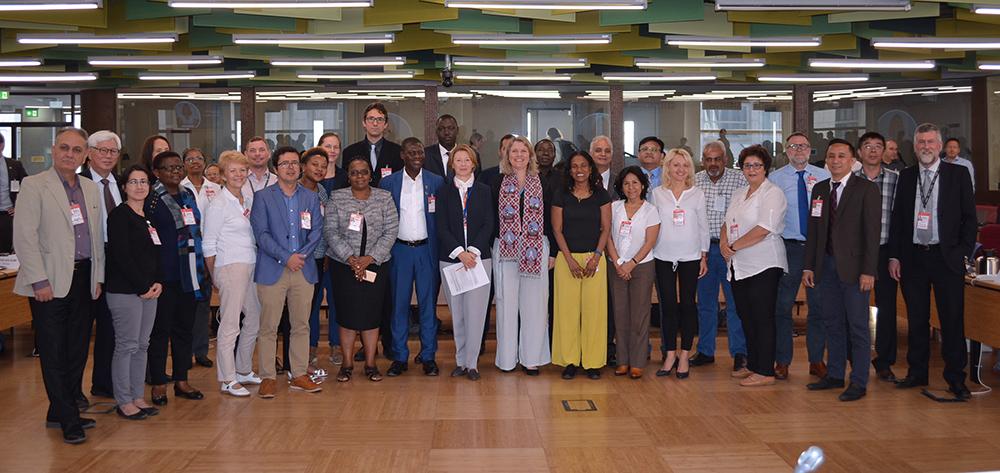
Successes at the Science-Policy Interface
The science institutions that helped advise the international community as they came together to address ozone layer depletion are perhaps some of the best known early SPIs. Prior to the adoption of the Montreal Protocol in 1987, governments heeded scientists’ warnings on the need to collaborate on research and monitoring of the ozone layer. Under the Montreal Protocol, parties established three assessment panels to continue this work: the first reviewing the science of the ozone layer, the second the environmental effects of ozone layer depletion, and a third focused on technological and economic issues. The latter includes specialized technical options committees that have guided parties as they have phased out ozone-depleting substances.
Even as the Montreal Protocol was being finalized (it has since been heralded as the most successful environmental treaty), global attention shifted to the threat of climate change. The IPCC was established in 1988 under the umbrella of both the UN Environment Programme (UNEP) and the World Meteorological Organization (WMO). The first assessment produced by the IPCC in 1990 played an integral role in supporting negotiations that culminated in the adoption of the 1992 UN Framework Convention on Climate Change (UNFCCC). The UNFCCC established a Subsidiary Body for Scientific and Technological Advice (SBSTA), and yet this subsidiary body has never supplanted the IPCC in the way that the Montreal Protocol assessment panels supplanted their predecessors. Indeed, the landscape of SPIs is now divided among subsidiary SPIs, with agendas set by parties to a convention, and stand-alone SPIs with a designated governing body (Kohler et al., 2012).
When improvements in scientific knowledge are brought to the attention of global decision-makers through fora such as the United Nations, effective global action can be taken to protect the environment, the people, and the planet.
Among subsidiary SPIs, many institutional models exist. A common set-up involves an open-membership body, such as the UNFCCC’s SBSTA or the Committee on Science and Technology under the 1994 UN Convention to Combat Desertification (UNCCD). These bodies often operate in a similar manner to the Convention’s main policymaking body, the Conference of the Parties (COP), just on a smaller scale. As a result, such bodies have frequently been criticized for politicization. In fact, the Convention on Biological Diversity’s Subsidiary Body on Scientific, Technical and Technological Advice has long been considered a “mini-COP” with more government representatives than scientists (Mulongoy, 2011).
Other arrangements involve limited membership expert committees, such as those established under the Montreal Protocol, the Stockholm Convention on Persistent Organic Pollutants, and the Ramsar Convention on Wetlands, as well as the UNCCD’s Science-Policy Interface. There is much variation across treaties regarding how experts are selected to serve on such committees, whether they serve in their individual capacity, whether their meetings are open to other participants, and in how their mandates are delineated.
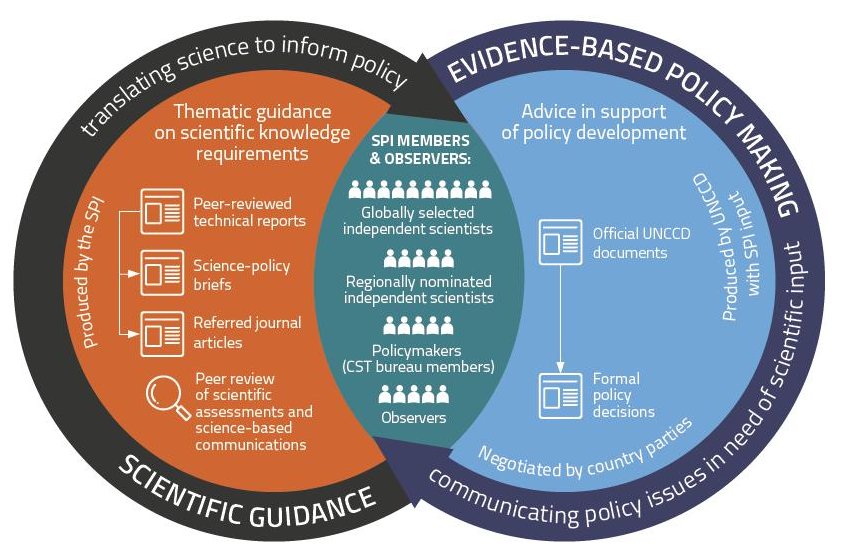
As a stand-alone SPI, the IPCC has overseen the preparation of periodic assessment reports as well as an array of specialized technical guidance on climate change. The IPCC is well known for its “policy-relevant but not policy prescriptive” assessments, and in 2007 its work and impact were recognized when it was jointly awarded the 2007 Nobel Peace Prize with former US Vice President Al Gore. This is not to say the IPCC has been without controversy, and for more than three decades the IPCC has continually adjusted and improved its working practices, notably regarding how it controls for conflicts of interest and through broadening the geographic affiliation of its experts and authors.
Policymakers tackling other global environmental challenges have sought to emulate and build upon the IPCC model to improve or establish SPIs in other environmental domains. Following negotiations launched in 2005, the Intergovernmental Science-Policy Platform on Biodiversity and Ecosystem Services (IPBES) was established in 2012. In addition to generating assessments, like the IPCC, IPBES also supports knowledge generation, capacity building, and policymaking as additional and complementary functions (Brooks, Lamoreux & Soberon, 2014). Recognizing the importance of Indigenous and local knowledge to the conservation and sustainable use of ecosystems as a cross-cutting issue relevant to all of its activities, IPBES has an objective in its rolling work programme up to 2030 to this end: “Enhanced recognition of and work with Indigenous and local knowledge systems.”
The IPCC and IPBES have themselves become objects of study from scholars across several disciplines. Some studies hold them up as examples for other SPIs, others point to the unresolved crises of climate change and biodiversity loss as evidence of these panels’ failings (Lidskog & Sundqvist, 2015; Beck et al., 2016).
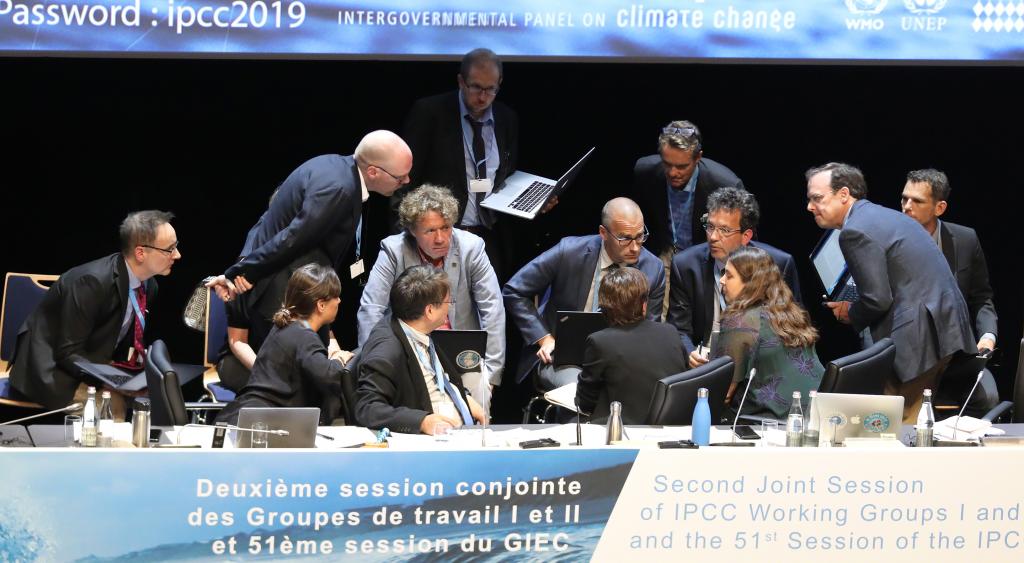
There have also been parallel and connected efforts to professionalize how science—and scientists—can advise policymakers. Following an initial conference on Science Advice to Governments convened in 2014, the International Network for Government Science Advice was established, under the umbrella of the International Science Council, by a network of experts with practical experience in serving in SPIs at national, regional, and global levels (Gluckman & Wilsdon, 2015; Gluckman et al., 2021). Participants included members of UN Secretary-General Ban Ki-moon’s 26-member Science Advisory Body, which operated from 2014 until the end of Ban’s term in 2016. The International Science Council recommended in 2021 that current UN Secretary-General António Guterres reconvene such a body.
Scholars and practitioners agree that the most effective SPIs satisfy certain key criteria. A 2020 UNEP report reviewed science-policy interfaces, as mandated by the fourth meeting of the UN Environmental Assembly (UNEA 4). The report stated: “[c]redibility, relevance, legitimacy, transparency, iterativity and inclusiveness are the hallmarks of an effective SPI platform, as well as being policy relevant, but not policy prescriptive” (UNEP, 2020, p.17). But what strategies can be deployed to achieve these goals?
Proposing New Science-Policy Interfaces
Over the last year, calls for an “IPCC for Chemicals and Wastes” and an “IPCC for Food” have been discussed in both policy and scientific arenas. Given that these arrangements are intended to improve how scientists can inform policymaking, it is particularly striking that the former has largely been supported by the scientific community while the latter has not.
An IPCC for Chemicals and Wastes? UNEA 4 called on UNEP to assess options for strengthening the science-policy interface at the international level for chemicals and wastes. The resulting 2020 report assesses an option for an intergovernmental panel for chemicals and wastes. The value of such a proposal has since been supported by several constituencies. In February 2021, a group of experts published a policy forum piece in Science titled “We need a global science-policy body on chemicals and waste” (Wang et al., 2021, p. 774). The International Panel on Chemical Pollution, a global network of scientists, coordinated an online petition for practitioners and scientists to support the idea. Stakeholders from the health arena also supported the proposal.
In July 2021, Marcos Orellana, Special Rapporteur on the implications for human rights of the environmentally sound management and disposal of hazardous substances and wastes, presented his annual report to the UN Human Rights Commission on the “Right to science in the context of toxic substances.” The report supported establishing a global SPI on chemicals and wastes, underscoring the importance of applying the precautionary principle.
The creation of effective channels connecting science with policymaking is indispensable to advancing the contribution of scientific knowledge to human rights protection.
Following a series of regional presentations in December 2021, Costa Rica, Ghana, Mali, Norway, Switzerland, the UK, and Uruguay released a draft resolution for a Science-Policy Panel to support action on chemicals, waste, and pollution for consideration by UNEA in 2022. The draft envisions the establishment of a working group to prepare a detailed proposal for establishing such a panel. The draft resolution further provides for the panel to be “an autonomous intergovernmental body; and that the ultimate authority shall rest with Governments to ensure the programme of work delivers policy-relevant evidence.”
An IPCC for Food? Just a few months after the group of experts called for a global science-policy body on chemicals and wastes, another group of scientists took to the pages of Science to discuss a proposed SPI for food systems (Turnhout et al., 2021). But this was not an endorsement supported by extensive petitions. Instead, the authors—experts with first-hand engagement with several science-policy platforms—raised several concerns with a proposal that had earlier been traced to a 2017 World Economic Forum report (Clapp et al., 2021, p. 2).
In their article, the authors warned “if pluralism, equitable participation, and inclusion of diverse forms of knowledge cannot be ensured, a new platform could do more harm than good.” They concluded “The implicit suggestion in many science-policy interface initiatives that the synthesis, assessment, and communication of knowledge will strengthen governance in and of itself is misguided and overly simplistic, and it risks detracting attention away from actual policy action” (Turnhout et al., 2021, p. 1095).
Challenges. Each of these proposals relate to very broad issue areas that already engage actors and institutions from multiple ministries in a typical country. For food systems, this involves not only environment, but also agriculture, development aid, health, and labour. Similarly, for chemicals and wastes, while several of the existing treaties are housed under UNEP, the Inter-Organization Programme for the Sound Management of Chemicals (established in 1995) brings together the work of nine organizations, including the Food and Agriculture Organization, the World Health Organization, the International Labour Organization, and the World Bank.
These two issue areas share not only a wide breadth of stakeholders, but also enduring power imbalances. Some of the largest multinational corporations are key players in these arenas (and indeed some of these players, such as pesticide producers, operate in both arenas). In contrast, farmers, local communities, Indigenous Peoples, and other civil society actors face financial and logistical challenges to participate in global SPIs. These power imbalances may help to explain the difference in how these proposals have been received among expert communities.
In a report released in July 2021, the International Panel of Experts on Sustainable Food Systems (IPES-Food), an organization established in 2015 with a panel of 24 scientists, called out the proposal, arguing: “The calls for a new ‘IPCC for Food’ originated from a small group of actors whose views have been amplified by a powerful network of organizations, many of which are closely aligned with business and industry” (Clapp et al., 2021, p. 2). In contrast, experts mostly affiliated with universities have long been calling for an “IPCC for Chemicals,” having already established, in 2008, the International Panel on Chemical Pollution as an international network of researchers with a mandate that includes the identification of emerging issues.
Lessons for Science-Policy Interfaces
The “hallmarks” of “credibility, relevance, legitimacy, transparency, iterativity, and inclusiveness” (UNEP, 2020, p. 17) are difficult to attain while also contending with logistical and financial constraints. Policymakers negotiating a new SPI may be tempted to disregard one in favour of another, yet this risks the SPI’s long-term effectiveness. The following three-pronged approach to SPI design can guide policymakers as they aim to maximize these hallmarks while also ensuring they engage scientists and incorporate a diversity of sources of knowledge (Kohler, 2020).
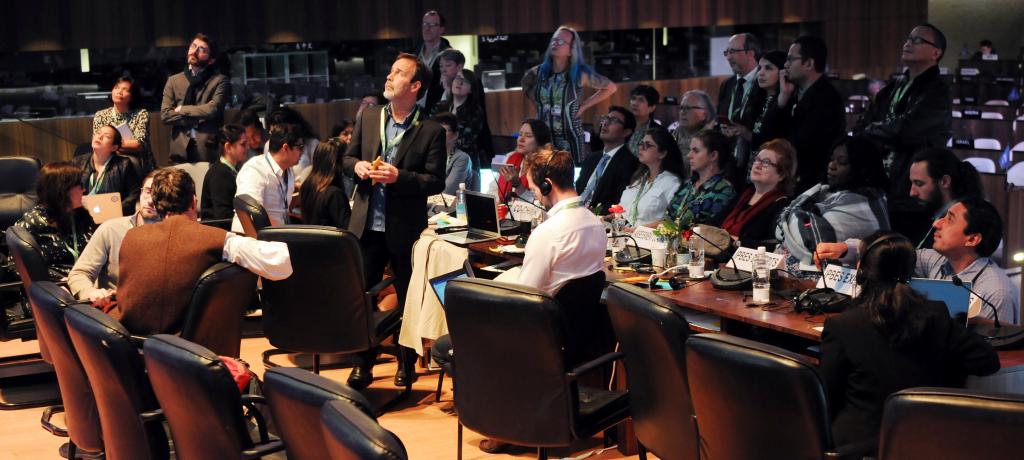
First, who are the experts who make up the membership of the SPI? At the global level, it is not surprising the focus has often been on achieving geographical diversity of members. Increasingly, the focus on ensuring representation has also included age, career stage, gender, and institutional affiliation. In establishing a new SPI, it is important to clarify whether experts are serving in their individual capacity or as government representatives, or whether there is a need for both types of appointments. Indeed, this dual approach in both IPCC and IPBES has facilitated government buy-in of their reports.
Second, what institutional rules and processes should govern how the SPI functions? These rules might address not just what information can be considered (i.e., does it need to be peer-reviewed) but also how members deliberate and reach agreement. On this latter point, some SPIs might allow for voting as a last resort, while others, such as the IPCC, rely on word-by-word consensus on reports. When considering proposals for any new panel, codifying conflict of interest procedures for experts and clarifying how proprietary industrial knowledge might be taken into consideration are key for alleviating concerns over undue influence from industry stakeholders.
Third, which disciplines and ways of knowing should inform the SPI’s work? It is striking to see the differences between the bodies of knowledge engaged in the work of IPCC and IPBES, with social sciences and Indigenous and local knowledge systems more prevalent in the latter. These choices influence not just who contributes to the SPI’s work, but also what assumptions shape the SPI’s agenda. In considering proposals for future panels, tensions could arise among stakeholders relating to the inclusion of knowledge gained in the field and in the lab, as well as the inclusion of the critical social sciences and humanities that have been studying the injustices and inequities that persist in both food systems and the governance of chemicals and wastes.
As experts and policymakers look to existing SPIs to inform the design of new ones, there is much to learn from looking beyond the IPCC and IPBES. The urgent challenges we face require timely and effective advice on solutions. Other SPIs, notably those advising on ozone layer depletion, chemical pollution, and desertification, have valuable experience supporting decision-making. SPIs must create avenues for the science communities to not just sound the alarm but to work with policymakers to craft just and sustainable solutions.
Works Consulted
Beck, S., Forsyth, T., Kohler, P.M., Lahsen, M., & Mahony, M. (2016). The making of global environmental science and politics. In U. Felt, R. Fouché, C.A. Miller, & L. Smith-Doerr (Eds.), The Handbook of science and technology studies, (4th ed., pp. 1059-1086). MIT Press.
Brooks, T. M., Lamoreux, J. F., & Soberón, J. (2014). IPBES≠ IPCC. Trends in Ecology & Evolution, 29(10), 543-545. doi.org/10.1016/j.tree.2014.08.004
Cash, D. W., Clark, W. C., Alcock, F., Dickson, N. M., Eckley, N., Guston, D. H., ... & Mitchell, R. B. (2003). Knowledge systems for sustainable development. Proceedings of the National Academy of Sciences, 100(14), 8086-8091. doi.org/10.1073/pnas.1231332100
Chasek, P. (2019). Linking scientific knowledge and multilateral environmental governance. In M.J. Peterson (Ed.) Contesting global environmental knowledge, norms and governance (pp. 17-32). Routledge. doi.org/10.4324/9781315166445
Clapp, J., Anderson, M., Rahmanian, S., & Suárez, S. M. (2021). An ‘IPCC for food’. How the UN Food Systems Summit is being used to advance a problematic new science-policy agenda. Briefing note 1 on the governance of food systems. IPES Food. ipes-food.org/_img/upload/files/GovBrief.pdf
Gluckman, P. D., Bardsley, A., & Kaiser, M. (2021). Brokerage at the science–policy interface: From conceptual framework to practical guidance. Humanities and Social Sciences Communications, 8(1), 1-10. doi.org/10.1057/s41599-021-00756-3
Gluckman, P., & Wilsdon, J. (2016). From paradox to principles: Where next for scientific advice to governments? Palgrave Communications, 2(1), 1-4. doi.org/10.1057/palcomms.2016.77
Kohler, P.M. (2020). Science advice and global environmental governance: Expert institutions and the implementation of international environmental treaties. Anthem Press. doi.org/10.2307/j.ctvq4bzt8
Kohler, P.M., Conliffe, A., Jungcurt, S., Gutierrez, M., & Yamineva, Y. (2012). Informing policy: Science and knowledge in global environmental agreements. In P.S. Chasek & L.M. Wagner (Eds.) The Roads from Rio: Lessons learned from twenty years of multilateral environmental negotiations. (pp. 59-82). Routledge. doi.org/10.4324/9780203125564
Lidskog, R., & Sundqvist, G. (2015). When does science matter? International relations meets science and technology studies. Global Environmental Politics, 15(1), 1-20. doi.org/10.1162/GLEP_a_00269
Mulongoy, K. J. (2011). Mobilizing the scientific community for the United Nations Decade on Biodiversity. cbd.int/doc/meetings/sbstta/sbstta-15/other/sbstta-15-presentation-jo-en.pdf
Turnhout, E., Duncan, J., Candel, J., Maas, T. Y., Roodhof, A. M., DeClerck, F., & Watson, R. T. (2021). Do we need a new science-policy interface for food systems? Science, 373(6559), 1093-1095. science.org/doi/10.1126/science.abj5263
Wang, Z., Altenburger, R., Backhaus, T., Covaci, A., Diamond, M. L., Grimalt, J. O., ... & Suzuki, N. (2021). We need a global science-policy body on chemicals and waste. Science, 371(6531), 774-776. science.org/doi/10.1126/science.abe9090
Additional downloads
You might also be interested in
Web of resilience
Pakistan's development model has still not recognised the limits of the natural environment and the damage it would cause, if violated, to the sustainability of development and to the health and well-being of its population. Pakistan’s environment journey began with Stockholm Declaration in 1972. A delegation led by Nusrat Bhutto represented the country at the Stockholm meeting, resulting in the establishment of the Urban Affairs Division (UAD), the precursor of today’s Ministry of Climate Change. In setting the country’s environmental agenda, we were inspired by the Stockholm Principles, but in reality, we have mostly ignored them for the last five decades.
The Legacies of the Stockholm Conference
Fifty years after Stockholm, we face a triple planetary crisis of climate change, nature and biodiversity loss, and pollution.
The Roots of Forest Loss and Forest Governance
If lessons from past failures on deforestation are learned, forest protection could play a major role in reversing both climate change and biodiversity loss.
Pathways to Sustainable Cities
Urban planning needs to be inclusive and responsive to the needs of local communities and build on participatory approaches that foster the engagement of marginalized actors.
